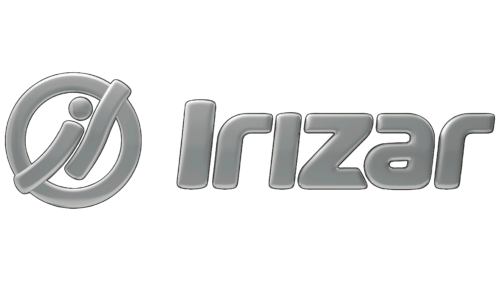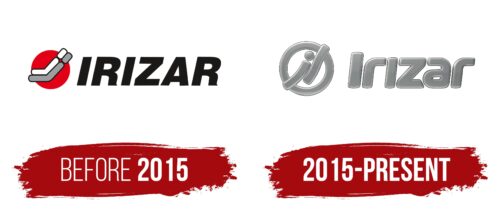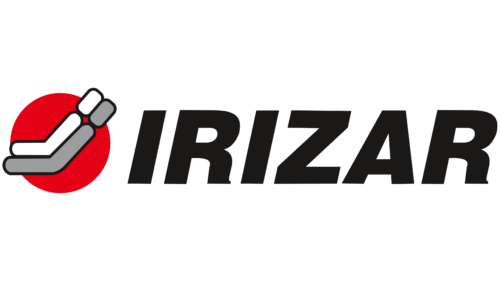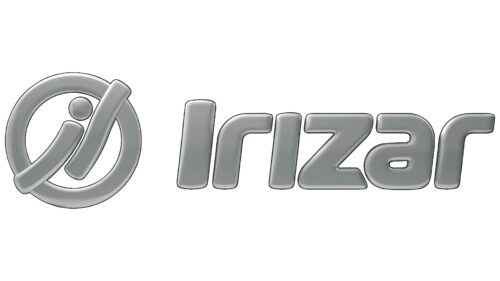The Irizar logo connects the company with its past in manufacturing metal parts, its founder, and the brand’s homeland. The emblem reflects a move toward electric technologies and modern, eco-friendly transportation.
Irizar: Brand overview
Founded in 1889 by José Francisco Irizar Catarain in the Spanish town of Ormaiztegi, Irizar began its journey as a humble workshop dedicated to crafting iron products. By the onset of the 20th century, the company ventured into creating coaches and transportation wagons, signifying the genesis of its flourishing bus enterprise.
Irizar’s growth trajectory continued into the 1920s when the company began crafting bus and coach bodies that would complement chassis produced by other carmakers. By the time the 1970s rolled in, Irizar had mastered its craft and unveiled its inaugural in-house coach, which seamlessly married both body and chassis.
Irizar carved a niche throughout the subsequent decades, focusing predominantly on high-end touring and intercity coaches. The brand’s commitment to quality, comfort, and steadfast reliability became its hallmark. A surge of global expansion defined the 1990s for Irizar, with the company establishing a presence in diverse regions, including Mexico, Brazil, China, and India.
As the world moved towards more sustainable solutions, so did Irizar. The 2000s saw the company leaning into producing electric buses and delving into hybrid technologies to cater to the rising tide of eco-friendly public transportation.
In today’s landscape, Irizar stands tall as a key player in both European and Latin American bus industries, churning out more than 3,000 high-quality vehicles annually. Esteemed for its forward-thinking designs and adept technology implementations, Irizar’s 130-year-long journey is a testament to its transformation from a quaint local workshop to a globally recognized purveyor of elite passenger transport vehicles.
Meaning and History
Before 2015
The company’s emblem featured a red circle symbolizing the sun, representing energy and vitality. Within the circle, two jagged “i” letters rise upwards, indicating the company’s drive for growth and improvement. These letters carry different meanings depending on the context:
- The gray letter represents metal products, while the white letter represents machinery.
- The larger letter signifies buses, and the smaller one denotes passenger cars.
- The gray letter indicates gasoline-powered buses, while the white refers to electric vehicles.
- The capital “i” at the beginning and the lowercase “i” in the middle reflect the brand’s name structure.
The emblem’s design resembles a person sitting in a car seat or two hands holding a steering wheel, highlighting its connection to transportation and comfort. These visual elements reinforce the company’s mission to ensure convenience and safety in travel.
The emblem relates to the branding of models like the i3, i4, and i5. At the time, i2 referred to a bus manufactured by the company. The word Irizar is made up of two Basque words: iri (city) and zar (old). It refers to the company’s founding location in the Basque Country in Spain.
This element reflects respect for the company’s traditions and origins.
2015 – today
The manufacturer’s modern emblem is entirely metal, highlighting the company’s shift toward advanced technologies and innovations. Each emblem element appears three-dimensional and streamlined, reflecting a progressive approach to design and engineering. The “i” letters on the emblem seem to float and rise, extending beyond the circle, symbolizing the pursuit of new heights and technological achievements.
The metal circle in the emblem represents charging stations for electric vehicles, emphasizing the company’s focus on eco-friendly and sustainable solutions. The emblem aligns well with the design of modern electric buses, which feature fully rounded corners and a streamlined shape. This design improves the aerodynamics of the vehicles and gives them a modern and futuristic appearance.






